An amazing vase/beaker, made between 4200 and 3500 BC in Susa, an ancient city in the Near East located in modern-day Iran...
Full of animal calendar markers for Oct/Nov, beginning of the rain season in the Susa area...
If we look at the climate chart for Susa area, we can see that the climatic year is divided into hot, dry summer and cool, wet winter...
As it happens, in Iran, the beginning of the Ibex mating season (Oct/Nov), overlaps with the beginning of the rain season, which is marked by violent and loud male goat fights for females...
So ibex goat became animal calendar marker for the beginning of the rain season (rains arrive when ibexes start to mate)...
And because rain supports (the tree of) life...
Iran, Sasanian period, 6th-7th century AD silver and gilt plate depicting the tree of life flanked by between two prancing ibex goats...
I talked about this in my posts "Anahita" and "Jiroft flood vase"...
Eastern Mediterranean, Levant, Mesopotamia, Iran, Central Asia have the same climate and so we find the same symbol, ibex goats flanking the tree of life, in all these places. Check my post "Bactrian bronze age menorah", in which I talk about this very cool Bactrian bronze stamp, dated to 2400BC-1600BC, for examples
Neolithic Farmers from Iran progressed very quickly from a calendar marker "rains arrive when ibexes start to mate", to "rains are brought by ibexes" to "rains are a gift of the ibex god (anthropomorphised ibex)"...
"Master of Animals" stamp seals, Tepe Giyan, Iran, 5000-4000 BC...
You can read more about the eternal struggle between the rain goat and the sun serpent/dragon in my post "Master of animals from Tepe Giyan"...
As I said once before, all our mythologies are the result of the fact that people are very good at noticing patterns in nature while simultaneously being very bad at distinguishing between correlation and causation 🙂...
As for anthropomorphization...It's hard to pray to goat for rain. It's much easier, psychologically, to pray to a human like god of rain (with goat horns)...
Anyway, back to our amazing beaker from Susa.
This beautiful vase is not a Modern Art Masterpiece...It is almost 6000 years old, and is currently kept in Louvre, Paris in the "Département des Antiquités orientales"...Analysis of the symbols + lots about sad state of Flamingos in Iraq can be found in my post "Flamingos from Susa"...
And in it I provided the calendaric link between ibex (beginning of the mating season of ibex goats, Oct/Nov) and flamingoes (arrival of Greater Flamingos to their wintering grounds in the warm Southern Mesopotamian marshes, Oct/Nov)...
So that's two out of three animal calendar markers from the original Susa vase identified. So what about the canine?
Dog...Right?
Wrong...from the animal calendar markers point of view...Dog is a well known animal calendar marker for Jul/Aug, dog days.
When our mythologies were made out of animal calendar markers, Sirius, the Dog Star rose with the sun in Jul/Aug, when mating season of the old dog breeds began...
Egypt: "Dog days"
Mesopotamia: "Tishtrya"
India: "The bitch of the gods"
It would not make sense to put dog on this vessel together with ibex and flamingoes...There must be another kind of canine that lives in Iran and starts mating in Oct/Nov...
And there is. Golden jackal.
Could this be the canine depicted on our Susa vessel?
All the animals are identical calendar markers, all marking Oct/Nov, the arrival of rains to Susa...
Rains that make grain grow. Kind of a big deal if you are a Neolithic farmer in Iran...Is this grain symbol under the Ibex horns? Grain was planted in Iran in Oct/Nov too...
Some posts about the symbol for grain and the Mother of grain in Neolithic Europe, Central Asia, Mesopotamia, Iran, Levant: "Mother of grain", "Altyn Tepe mother of grain", "A person in a little boat", "Sabi Abyad venus", "Hathor grain pendants"...
That's it. To read more about ancient animal and plant calendar markers, start here…Then check my twitter threads I still didn't convert to blog post...I am way way behind...

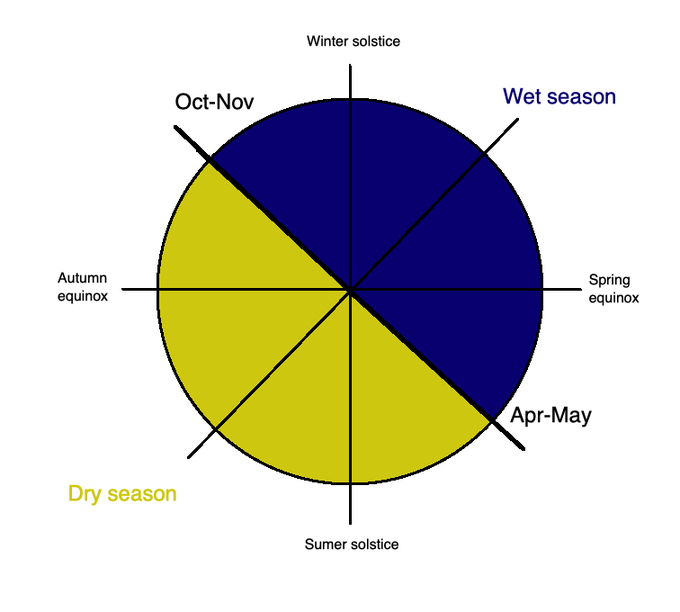

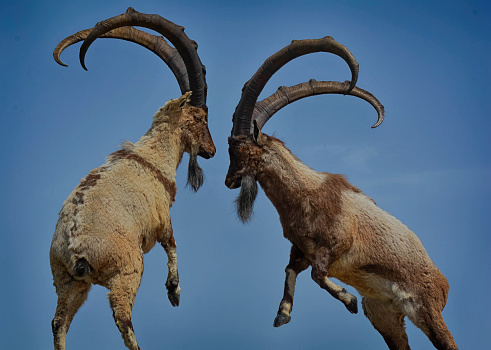

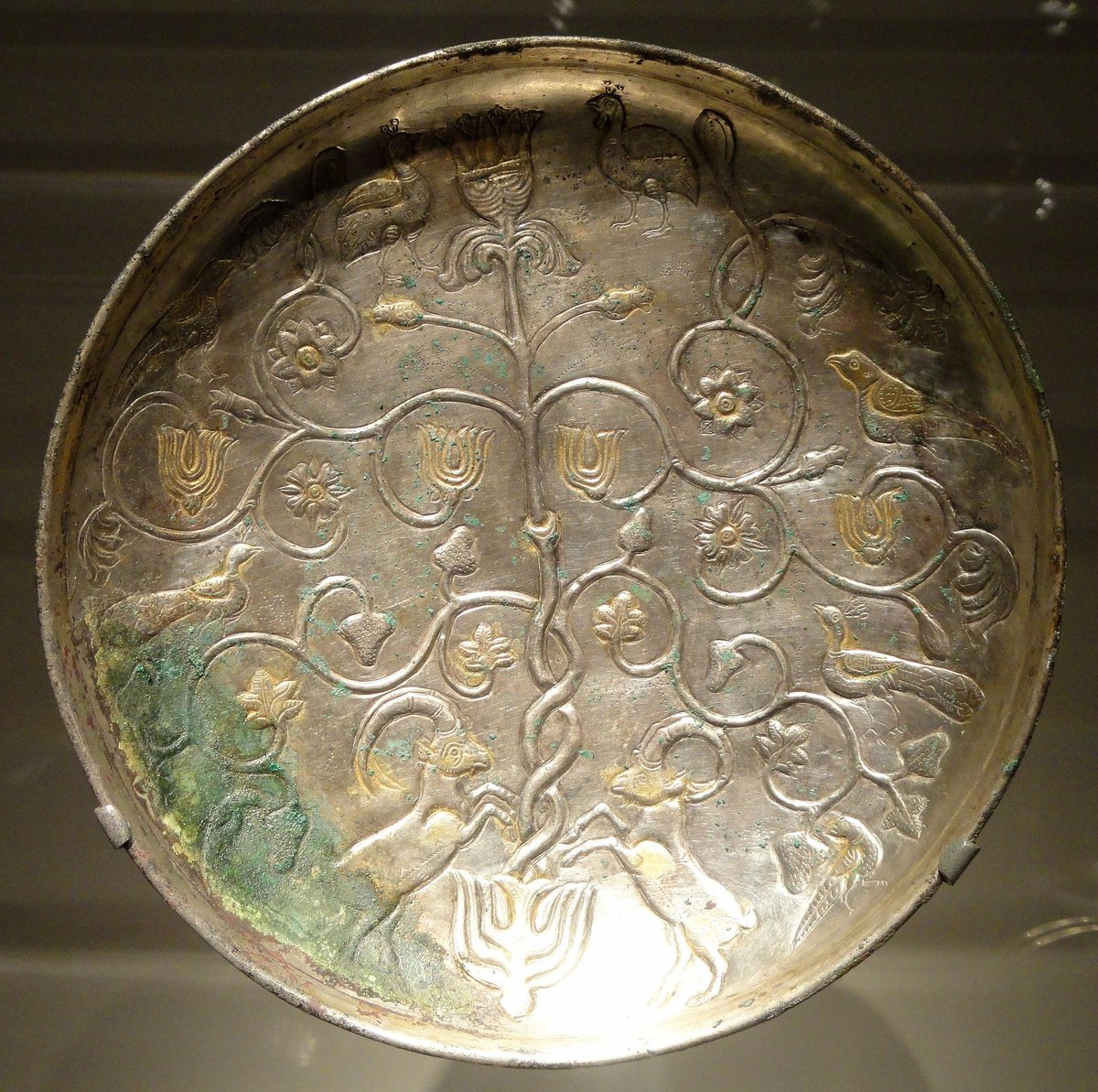


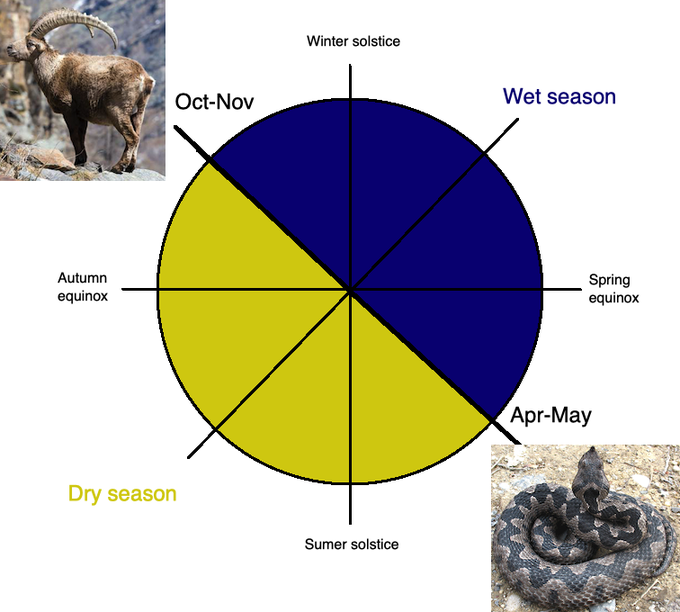




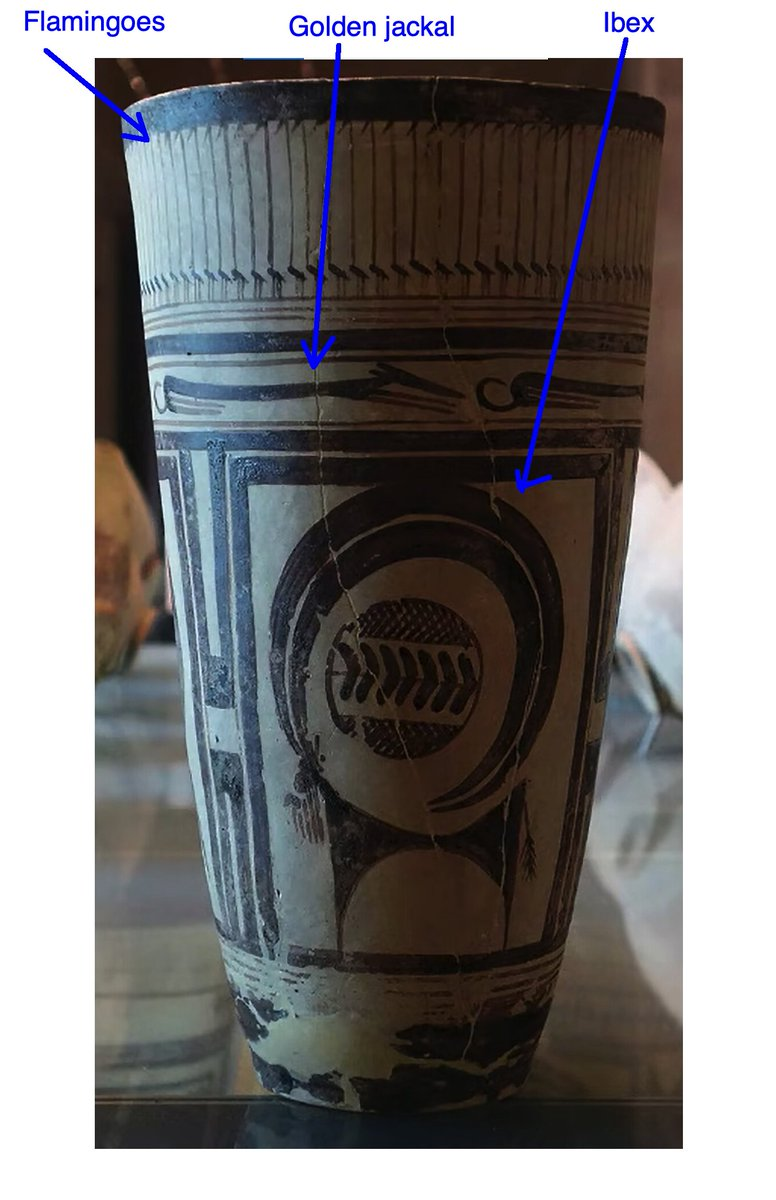

No comments:
Post a Comment